Arthrosis of the knee joint in medical dictionaries is found under the name "gonarthrosis."
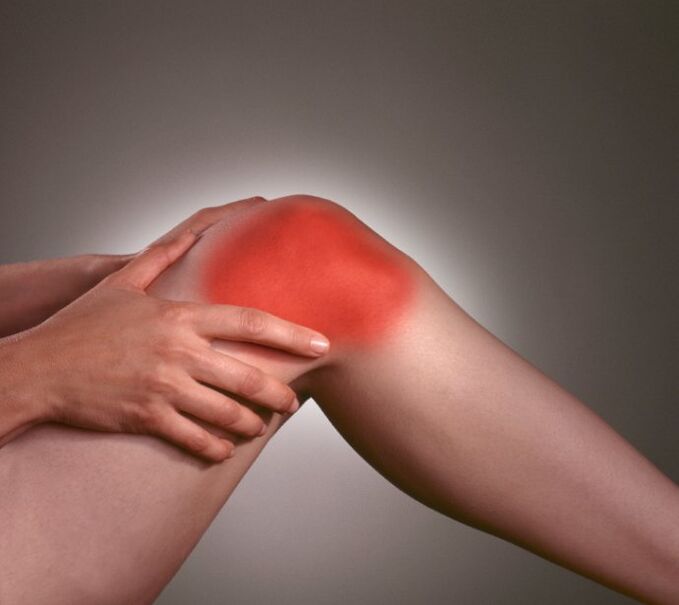
What is it?A disease caused by a degenerative-dystrophic process that affects the hyaline knee cartilage.
The symptoms of arthrosis of the joint develops slowly, for years, manifested by a painful sign that fetters movements.Among other articular arthrosis, namely knee, and not hip, elbow, shoulder or phalanx, occupies a leading position in the number of suffering patients.
Statistical data leads to the conclusion that more than others, arthrosis of the knee joint are subjected to people of the age of forty and older, and for the most part among the weak half of the population.
Often the development of the disease is observed in very young people, but it is associated with injuries or excessive loads in athletes.
Causes
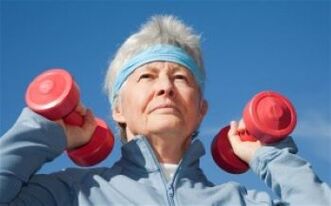
It is impossible to affirmatively declare the existence of one single reason that promotes the development of arthrosis of the knee joint, however, it is proved that there is a certain set of provoking factors, under the influence of which the risk of such a violation increases with age.In medicine, there are two mechanisms explaining the occurrence of arthrosis:
- Primary - implies the main reason for the age factor (aging of the body and all tissues), as well as obesity, hereditary predisposition and regular physical activity throughout life.
- Secondary - is found in 30% of patients with arthrosis of the joint and is explained by the result of injury (fractures of the lower leg, bursts of ligaments and damage to the cartilage, meniscus).In such cases, arthrosis begins its manifestation after 3-4 years, and with serious damage even after a couple of months.
Some facts about gonartrosis of the joints.
In medical practice, there were cases when people after 40 began active sports, in particular intensive running and squats.With the beginning of age -related changes, it is impossible to sharply load the body and its individual parts, this can provoke the activation of dystrophic and degenerative processes in the joints.
In addition to injuries and serious damage, background diseases (psoriatic, reactive or rheumatoid arthritis; gout; varicose veins) can affect the occurrence of arthrosis of the joint;
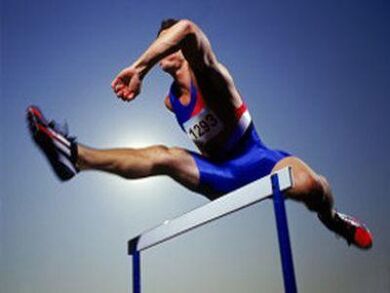
Professional sports, regular physical activity, hard work or weighting, frequent climbing up the stairs to high floors in old age are also able to lead to the development of the disease in the knee joint.In the risk zone there is a place for those who had spinal injuries, neurological diseases, diabetes mellitus, metabolic disorders and hereditary weakness of the ligamentous apparatus.
In half or even most cases of this disease of the joints, the root cause was a spasm in the muscles of the front surface of the thigh.Before the pain begins to manifest itself in the knees, this spasm can remain unnoticed for a long period of time, at the moment that a person will cause discomfort, lumbar pain, tired condition and heaviness in the legs.The constant spasmodic state of the rectus and iliac-loving muscle of the thigh, over the years, “pulls” the knees, blocking their free movement.
Sensational discovery in medicine.
More recently, Belgian orthopedic surgeons from the city of Leven discovered a hitherto unknown and so far unexplored anterolateral ligament (All), located in the knee of a person.Another name of the ligament is “front -line”.
It was noted that some patients even after operating the knee ligaments felt the instability of the joint, as well as pain at minor loads.
Four -year studies on almost fifty knee joints gave their stunning “fruits” in the form of the opening of this ligament, completely unfamiliar until that very day.The anterolateral ligament provides the rotational function of the tibia.It requires surgical correction for operations performed after injuries, which, out of ignorance, the doctors of the orthopedists have always neglected.
The first, second and third degree of arthrosis of the knee joint
As you know, gonarthrosis in most cases develops in only one of the joints, and given the intensity of pathological processes, medicine identified the 3 degrees of arthrosis of the joints:
1 degree
At this stage of the “emergence” of the disease, there is no bone and joint deformation, the manifestation of the disease lies in the infrequent related to the loads of pain in the joint.Incredible swelling of the joint is also possible, which can independently disappear.
2 degrees
This stage is characterized by intense and long -lasting pain, growing with small physical exertion, walking, after gravity.You can clearly hear a crunch in the joint.At the second stage, the deformation of the joint begins to develop, which leads to a moderate restriction of movement.
3 degrees
Symptoms are actively developed and manifested in full.Regular pain leads to gait disturbance, the deformation of the joint is quite noticeable, its mobility is limited.Strengthening the pain depends on the change in weather conditions.The piercing nature of the pain disrupts the dream, it becomes difficult to choose a convenient position.
What is the arthrosis of the knee joint with?
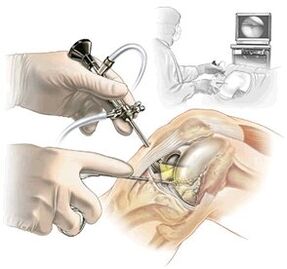
- The blockade of the knee joint and damage to meniscus.This disease is characterized by active development, occurs after an unsuccessful cryst in a knee cup with acute pain, which subsides literally after a quarter of an hour.The next day there is a swelling of the knee.
- Reactive, psoriatic, rheumatoid arthritis, articular rheumatism, gout.The main difference between arthrosis and arthritis is in the blood.The results of the analysis for arthrosis will not reveal any changes, but in the results with arthritis everything will indicate the inflammatory process.
- Inflammation of the knee tendons.Women after 40 years can feel pain in lifts and descents on the stairs and wearing.The pain is concentrated on the inner surface, without any restrictions on the knees.
- Vascular knee pain.The pain occurs at once in two knees (symmetrically), often in adolescence with accelerated bone growth, may appear as a result of weather change, with colds and physical activity.Patients call this condition “twists” knees.
Symptoms of arthrosis of the knee joint
When the disease appears, symptoms occur gradually.At the initial stage, only minimal discomfort appears, insignificant pain from hikes on the stairs - this is the so -called patel -finemoral syndrome.A distinctive feature of arthrosis of the knee joint is a symptom of starting pain.With a sharp change of position from the seal to the standing, the first steps are given very painfully.However, the pain leaves with each movement, but can return after a tangible load.The external state of the knee does not change immediately.Only due to the accumulation of fluid, it can slightly release or become spherical.
Initially, arthrosis leads to the fact that the blood supply to the hyalin cartilage is disturbed, over time it dry and cracks.Therefore, there are obstacles to the movement of cartilage, which contribute to microtrauma of tissues.On bone structures, growths are formed, leading to an even more complicated intake of nutrients and cartilage degeneration.
Due to such a pathology, the second stage is characterized by increased symptoms, and for the appearance of severe pain the slightest load.Resting, she calms down, but continuing to move - she returns again.It becomes impossible to bend the leg as much as possible becauseA sharp pain interferes, a gross crunch is noticeable when walking.
When arthrosis was finally impressed by the knee joint, the bone is completely deformed, there are practically no cartilage tissue.Pain does not give rest around the clock, lying and standing, legs can bend and become x or about figuratives, walking without support to the patient is very difficult.
Diagnosis and treatment of arthrosis
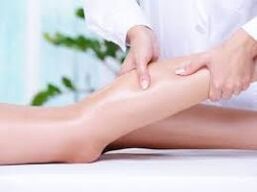
The first degree of arthrosis does not make it possible to diagnose the disease using a normal examination, but on 2 and 3 noticeable deformations of the joint and bones become a clear sign, the axis of the limbs changes, the movements are constrained and accompanied by crunch.
In addition to standard radiodiagnosis, more effective methods are used - these are CT and MRI.
Chondroprotective agents are prescribed as drug treatment to replace the synovial fluid.Also for treatment, intra -articular administration of steroid hormones may be required.Sanatorium-resort treatment is very useful.
The treatment of arthrosis of the knee joint of the 3rd degree should be complex and consist of drug therapy and special procedures, such as physiotherapy, therapeutic massage and gymnastics, and mud.
As a modern method of treatment, injections in the knee joint are used for arthrosis, drugs are used for this in the form of hyaluronic acid.It serves as a “liquid” prosthesis that performs the functions of a real synovial fluid that provides lubrication of the joint surfaces, its nutrition and restoration.
In case of inaccessible treatment, the possibility of joint endoprosthetics is not excluded, but only if the patient is at a young age, arthrosis is severely expressed in pain and the movement is completely limited.
Diet
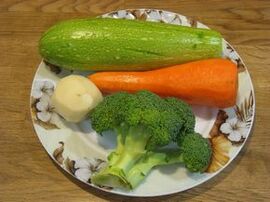
Disrupted exchange, completeness, obesity, all this can lead to an extra load on the joints, especially to such weak ones.If you have diagnosed deforming arthrosis of the right knee joint or left, you must immediately review your everyday diet.It should prevail light dishes prepared in an unpretentious way - boiled, fussed or steamed.Their regular use will lead to a gradual and safe loss of extra pounds, which will please the joints, ligaments, and all internal organs.
But also, the diet with arthrosis of the joints for treatment should combine products that favorably affect fabrics, bones and cartilage, restoring them if possible.Here it is worth paying attention to a strong broth prepared from bones, a cold man and jelly.
Protein should also be present daily for treatment.You can draw it from chicken and rabbit meat, cheese and cottage cheese, as well as from legumes.The sore joints need vitamin E immensely, so in the almond (or hazelnut) and baked fish, never deny yourself.
Useful carbohydrates are consumed from various cereals, sweet fruits and whole grain bread.Eating with arthrosis of the knee joint cannot be represented without vegetables, the useful of them is colored cabbage, broccoli, zucchini, pumpkin and carrots.
Exercise therapy
Treatment with the help of physiotherapy exercises with arthrosis of the knee joint can only be an auxiliary method and in agreement with the doctor.
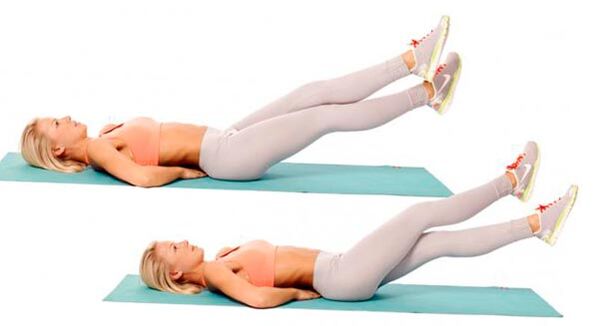
Such gymnastics is very simple to execute and does not require any investments, but, despite this, it is very effective.Here are a few exercises from exercise therapy with arthrosis of the joints:
- Lying on the floor, on the stomach you need to bend and bend the knee joints of both legs alternately.
- Turn over on the back, pull up the knee of each leg to the stomach in turn and return the leg to its original position.
- Perform several dozens of rotational movements with the lower limbs called “Bicycle”.
- Cross the leg on the type of imitation of “scissors”.
Exercises for treatment with arthrosis of the joints is good to combine with massage.
Treatment with massage with arthrosis of the knee joint can even be performed independently, having previously studied the correct technique of its implementation.
The portal administration categorically does not recommend self -medication and at the first symptoms of the disease advises to see a doctor.Our portal presents the best specialist doctors who can be signed up online or by phone.You can choose a suitable doctor yourself or we will pick it up to you absolutely free.Also only when recording through us, the price of consultation will be lower than in the clinic itself.This is our little gift for our visitors.Be healthy!



















